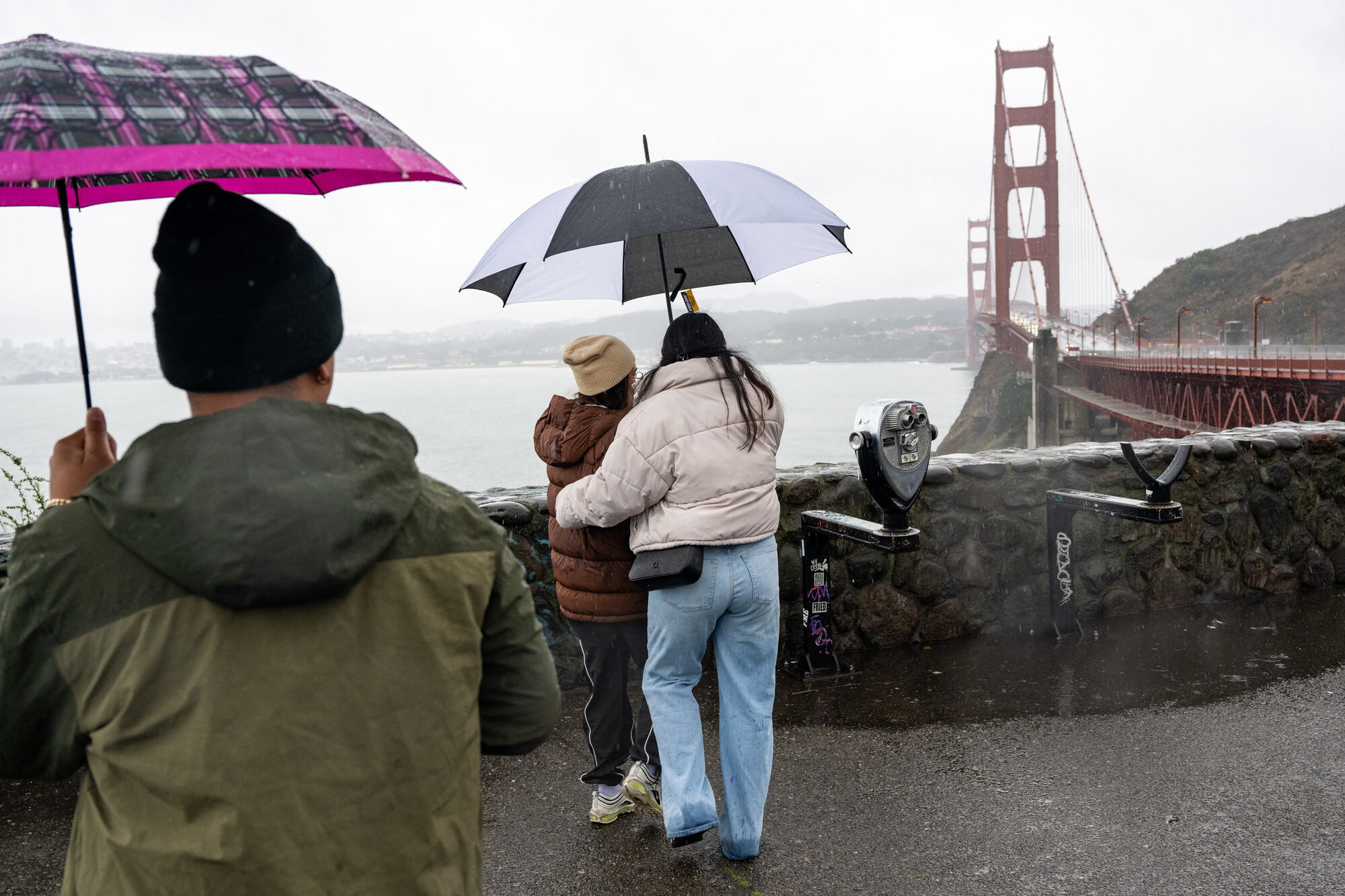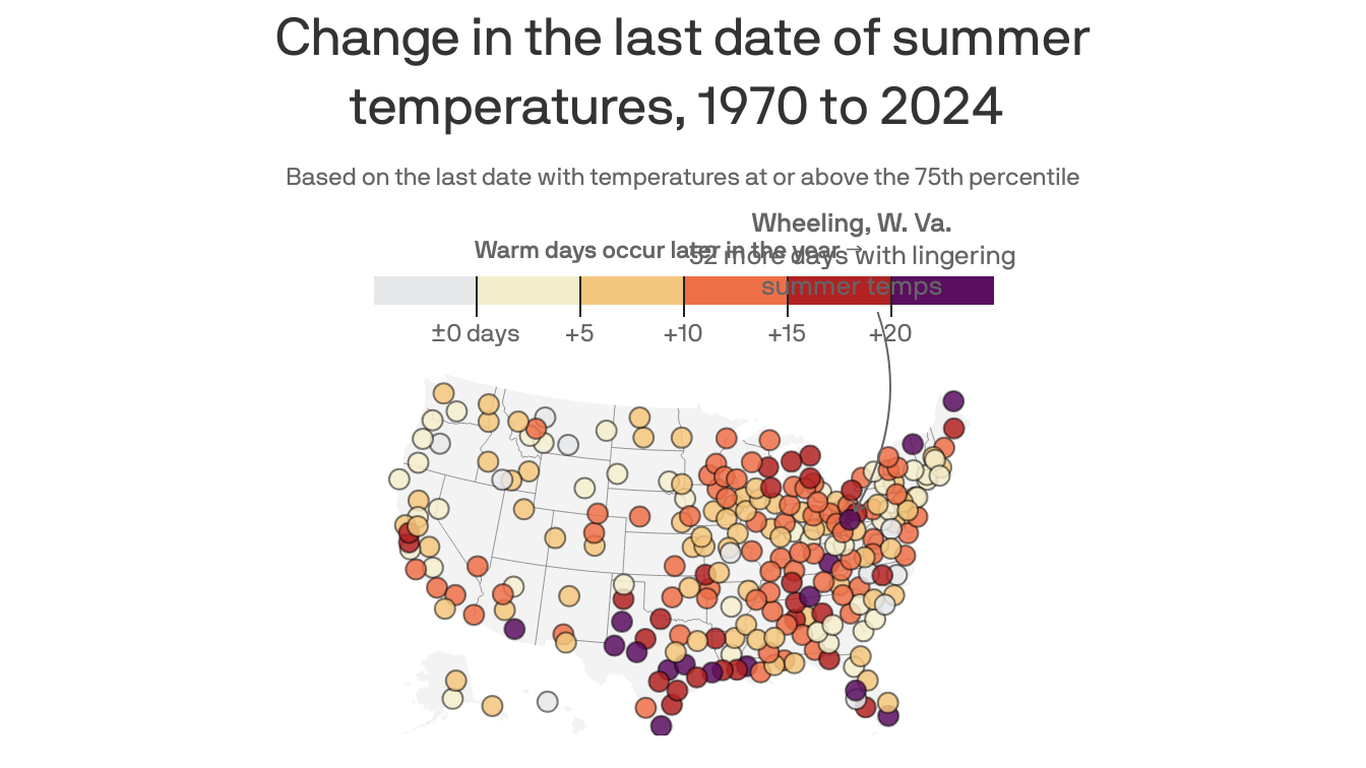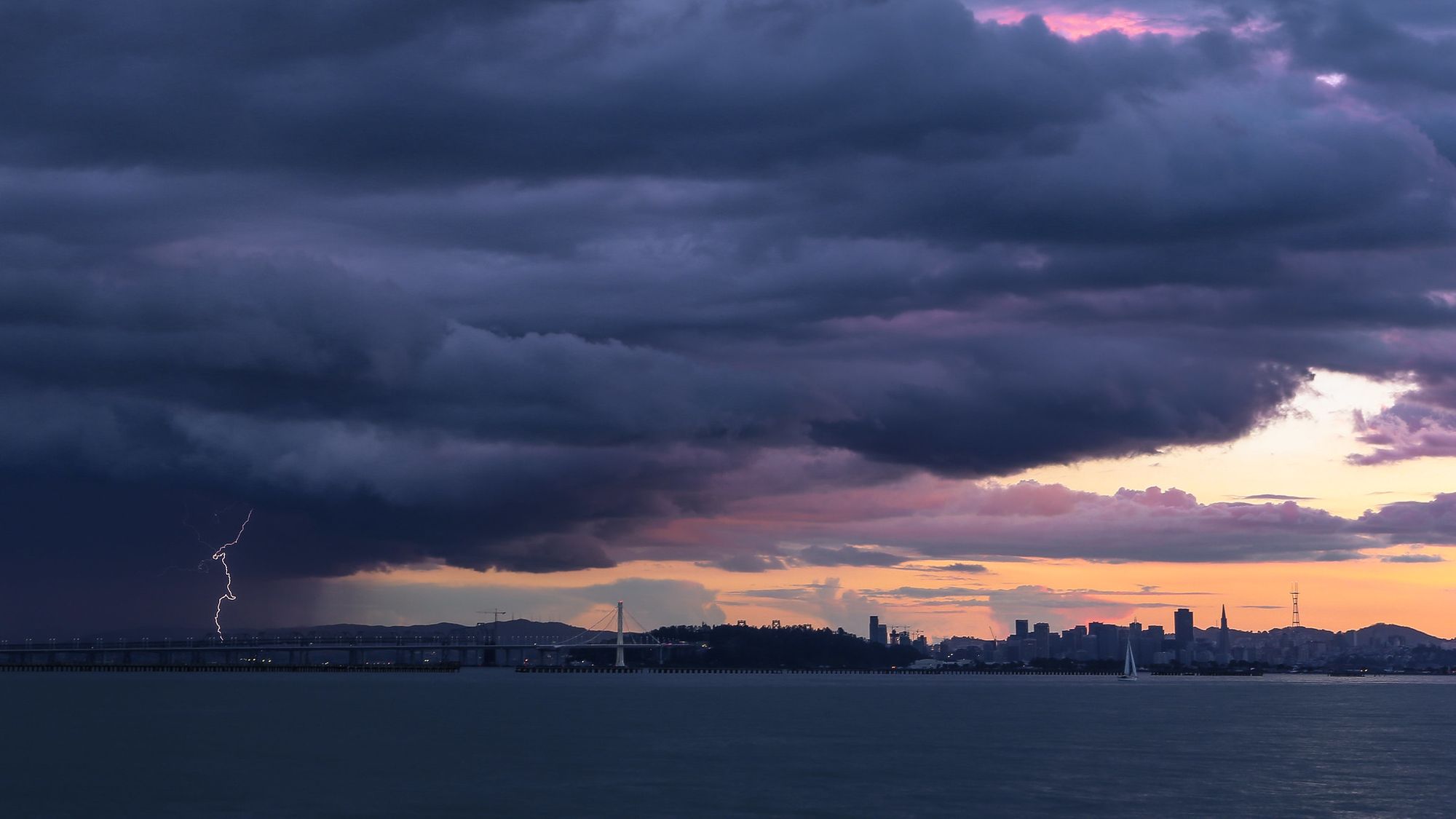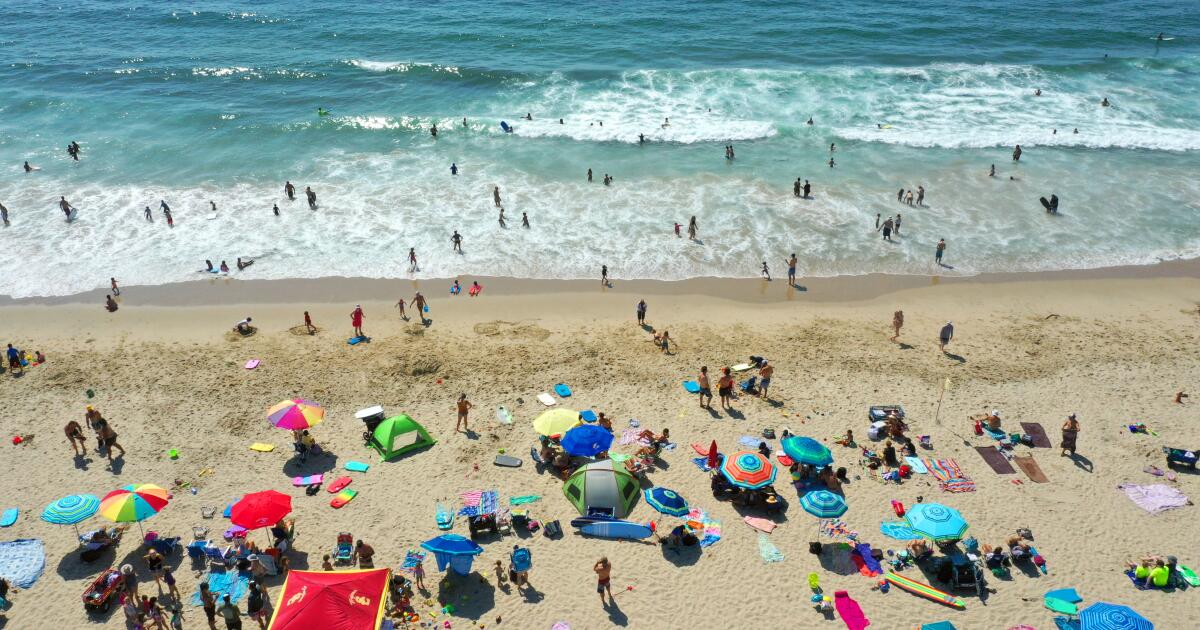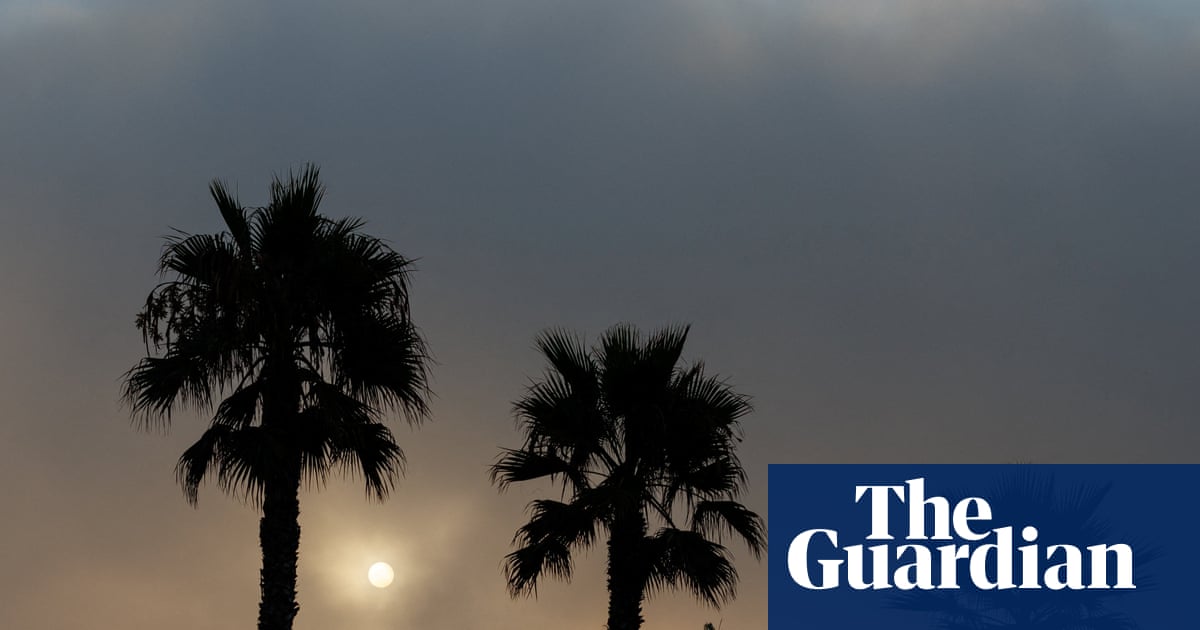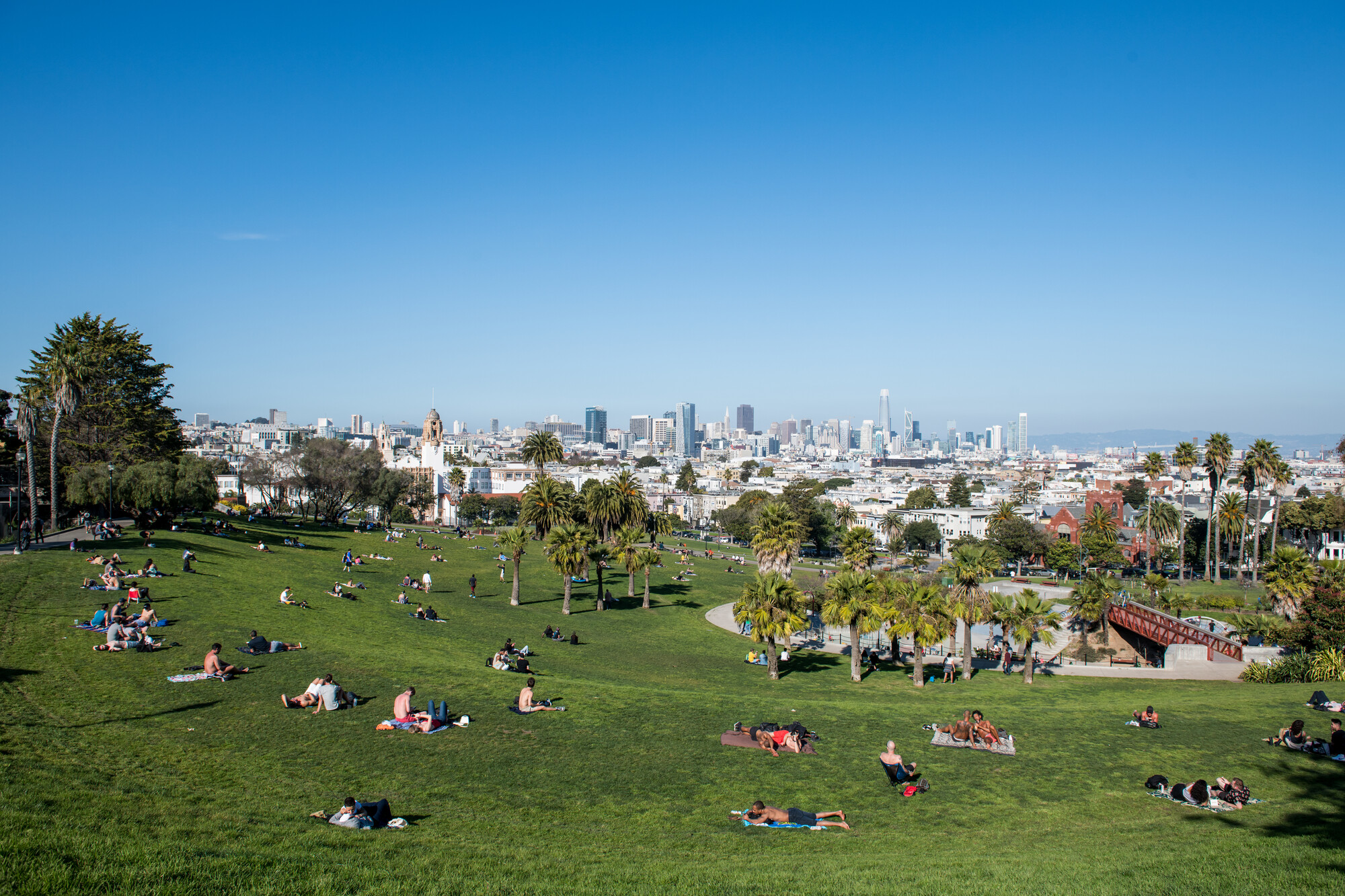#wildfire-risk
#wildfire-risk
[ follow ]
#climate-change #drought #thunderstorms #bay-area-weather #weather #fair-plan #tropical-storm-mario #heat-wave
fromLos Angeles Times
1 week agoCiting fire risk, Malibu wants to arrest homeless people who refuse to stop camping illegally
On Monday morning, a homeless man sat in front of the county courthouse in Malibu, where he sleeps each night. In front of him was a small, green propane tank affixed with a torch, which he said he uses to cook and form wood pipes for tobacco and cannabis. A short walk away is Legacy Park, an oasis of coastal prairies, bluffs and native woodlands.
California
fromLos Angeles Times
2 weeks agoLa Nina is back. It could mean another dangerously dry winter for Southern California
After months of slight temperature shifts in the Pacific Ocean, La Niña has officially returned - the climate pattern that typically drives drought in Southern California. The National Oceanic and Atmospheric Administration announced Thursday that La Niña conditions had arrived, a possibly foreboding sign for the Southland. The southern half of the Golden State still has not bounced back from the last year of below-average rainfall, and the reemergence of the ocean phenomenon could mean more drought, with another drier-than-average winter.
Environment
Environment
fromLos Angeles Times
2 weeks agoNew conservation plan seeks to shoot Catalina's deer on the ground instead of from helicopters
Catalina Island Conservancy will remove approximately 2,165 nonnative mule deer using contracted ground shooters to reduce wildfire risk and restore native vegetation.
Real estate
fromSFGATE
4 weeks agoNevada Homeowners Pay Some of the Nation's Lowest Insurance Costs, Despite Growing Wildfire Threats
Nevada homeowners typically pay some of the nation's lowest homeowners insurance premiums, while wildfire-related cancellations threaten affordability in parts of the state.
fromLos Angeles Times
1 month agoWhy is Southern California feeling more like muggy, stormy Florida this week?
Southern California could feel more like Florida the rest of this week, forecasters said, as moisture from a tropical storm in the eastern Pacific shifts north, boosting humidity and the chance for unstable weather in the region. "The next several days, we're getting the remnants of the energy from Tropical Storm Mario," said Rich Thompson, a National Weather Service meteorologist in Oxnard. "It's giving us this threat of thunderstorms." Those storms could create fires from dry-lightning strikes or flash floods and debris flows depending on how strong they turn out to be, the National Weather Service warned.
Environment
fromLos Angeles Times
1 month agoThunderstorms, heat, fire weather and winds threaten SoCal as weather gets wild
Tuesday is expected to be the hottest day of the week, with warmer valley areas in L.A. County expected to reach the triple digits and temperatures in inland coastal areas ranging from the 80s to lower 90s, according to the National Weather Service. The hot weather will continue on Wednesday and coincide with a risk of thunderstorms that will persist through midday Friday.
Environment
fromLos Angeles Times
1 month agoHeat wave gives way to late-summer thunderstorms as California's extreme weather continues
"This one has quite a bit of energy with it," Lewis said. "There is definitely concern for fire starts due to lightning strikes. I think lightning and wind are the biggest concerns right now."
Environment
fromSFGATE
5 months agoNew Residents Are Flocking to These Tourist Destinations-Despite the Risk of Wildfires
In addition to damaging properties, wildfire can also cut off access to utilities, emergency services, impact evacuation routes, and may impact the overall economic well-being of an area.
Los Angeles
[ Load more ]
